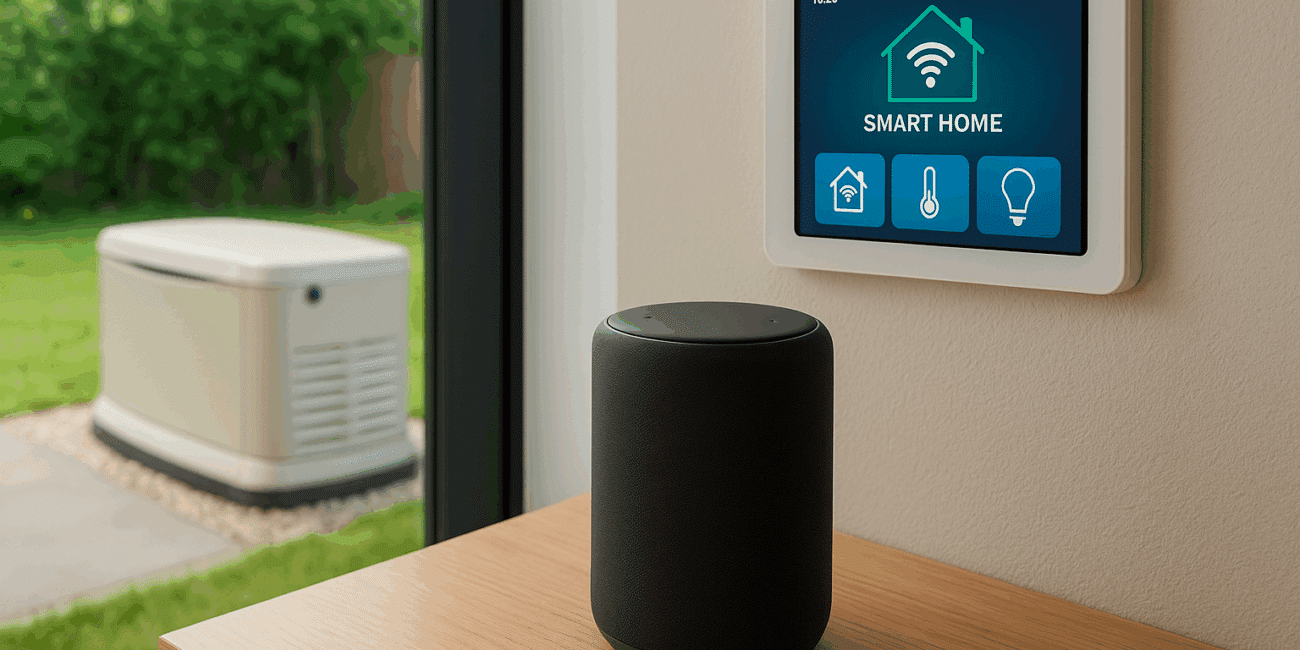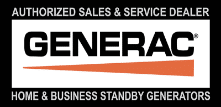Products
Services
Online Store
Other Resources

The rise of smart homes has revolutionized how we control, monitor, and optimize energy usage. From thermostats and lighting systems to entire energy monitoring setups, today’s homeowners have unprecedented control over their power consumption. But what happens when the grid fails? This is where integrating your home standby generator with smart energy systems offers the best of both worlds: uninterrupted power and intelligent energy distribution.
In this in-depth guide, we explore how you can pair your backup generator—particularly Generac systems—with smart home technologies and energy management systems (EMS) to boost efficiency, lower costs, and make your home more resilient. Whether you’re new to smart energy or a seasoned automation enthusiast, this article will help you understand what integration options exist, how they work, and what to consider when planning your setup.
Standby generators are designed to restore power automatically during outages. But integrating them with your smart home system enhances functionality, control, and visibility.
An EMS is a system—often hardware- and software-based—that monitors, controls, and optimizes the energy use of a home or building.
When paired with a generator, an EMS can shift loads in real-time, delay non-essential appliances, or reroute power where it’s needed most.
Not all generators support smart home integration out of the box. Most air-cooled standby generators—including models from Generac, Kohler, and Cummins—are compatible with home automation, provided you have the right add-ons or interfaces.
Many of these models are compatible with:
Generac’s Mobile Link is a remote monitoring system that connects your generator to a cloud dashboard or app, allowing real-time monitoring, service alerts, and usage stats.
When paired with PWRview Home Energy Monitoring, you can:
Generac offers Smart Management Modules that communicate wirelessly with the transfer switch to enable smart load shedding.
Each SMM is assigned a priority:
You can customize which devices to prioritize, making your backup power system more efficient.
Many homeowners use third-party systems like:
These can be installed on the main panel and provide deep insights into energy usage. Though they don’t control the generator, they offer detailed monitoring which can help you make informed decisions about energy usage during an outage.
Brands like Span and Leviton Load Centers offer smart electrical panels that can integrate directly with generators.
With a smart panel:
Smart panels can also automate responses based on usage patterns, solar availability, or occupancy.
Using platforms like:
…you can build custom automations such as:
This often requires an API or interface, or in some cases, using third-party services like IFTTT or Node-RED.
Let’s say a homeowner in Barrie installs a 22kW Generac Guardian generator with PWRview monitoring and five Smart Management Modules. Their smart panel is connected to Home Assistant.
During a winter storm:
This coordinated response not only extends runtime but ensures essentials (heat, sump pump, lights) stay powered throughout the outage.
Always choose a licensed electrician or Generac Premier Dealer for integration work, especially when involving circuit prioritization or high-load devices.
Determine what appliances or circuits are essential vs. non-essential:
Even with automatic systems, keeping an eye on propane or natural gas usage can prevent unexpected outages.
Conduct regular test runs and failover simulations to ensure the integration functions as intended.
Many of the smart systems receive regular updates. Enable auto-updates and monitor for firmware notices.
While the costs can add up, the long-term benefits include greater efficiency, reduced fuel costs, and increased peace of mind.
Connecting multiple systems (generator, EMS, smart panel, automation) requires planning and often expert configuration.
Ensure the generator and smart system support communication standards or provide an open API.
Internet access is often required for real-time monitoring. Ensure your router and modem are on a UPS.
As energy systems evolve, future developments may include:
Generac and other companies continue to invest in smarter ecosystems that blend generators, batteries, and renewable energy into a unified platform.
If you already have a standby generator or are considering one, adding smart home integration elevates the value and functionality of your investment. It allows you to:
The technology is here, the systems are proven, and the benefits are substantial. Whether you start small with monitoring or go all-in with a smart panel and automation platform, integrating your generator into your home energy management system is a forward-thinking move.
Need help planning your setup? Platinum Electrical Contractors offers turnkey generator installations with smart integrations across Ontario. Contact us today for a free consultation.
Keywords: generator smart home integration, smart backup power, home standby generator with energy monitoring, PWRview Ontario, low-emissions home generator, Generac home automation

The #1 Authorized Generac Home Standby Generator Dealer in Ontario


© 2024 Platinum Electrical Contractors, All Rights Reserved
A member of our team will be in touch shortly to discuss how we can help to meet your needs.